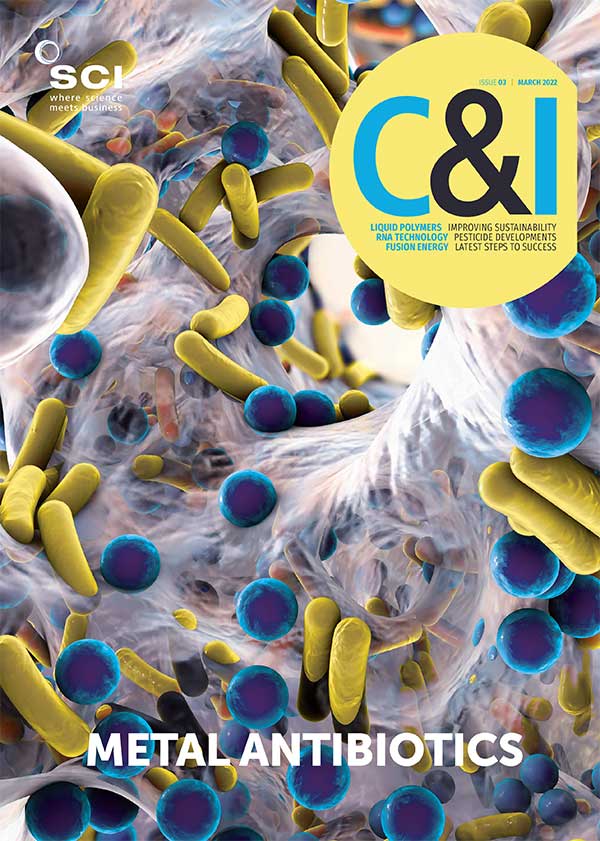MARIA BURKE
A new report has found that most polyethylene terephthalate (PET) recovered from bottles in Europe does not end up in new bottles. It says that significant improvements in PET design, collection and recycling are needed to improve closed-loop recycling.
The research, by sustainability consultancy Eunomia Research & Consulting for the NGO Zero Waste Europe, says that PET bottles in Europe have an average collection rate of 60% and a recycling rate of 50%; levels of recycling for non-bottle PET applications are very low. However, new bottles only contain on average around 17% recycled PET. Most recycled PET from bottles is used in lower-grade PET applications such as single-use plastic trays, film, strapping or textile fibres, which often don’t get recycled or re-used. Of the 1.8m t of recycled flake output from bottles, only 31% is made into pellets for bottles.
The challenge of maintaining recycling loops or circularity was highlighted in December 2021 by UNESDA, which represents the European soft drinks industry, when it pointed to a ‘significant shortage’ of food-grade recycled plastic. The food industry faces competition from other sectors that use high-quality recycled PET in products such as clothes and carpets. If these products are thrown away, then the high-quality recycling loop is broken, making it a non-circular product. UNESDA wants the EC to create a legal framework that guarantees beverage manufacturers access to their own recycled packaging material, which they pay to collect after all.
Meanwhile, the Eunomia report notes that PET bottle recycling varies across Europe, with some countries, such as Germany, achieving high recycling rates through using Deposit Return Systems (DRS) where consumers send their bottles back to a recycling bank. The report suggests other ways to achieve higher levels of recycled content include moving from coloured and opaque bottles to clear bottles. The more colouring in a bottle, the fewer applications the recycled plastic can be used for.
‘This study shows that PET is not very circular today and will remain as such in the future unless substantial policy changes are introduced; and technical and economic barriers are removed,’ says Dorota Napierska, Policy Officer on Toxic-Free Consumption & Production at Zero Waste Europe. ‘We might speculate that, if PET, the most recyclable and recycled type of plastic struggles to meet the challenges of becoming more circular, other types of plastic may face even greater challenges. Consequently, the most effective way to increase circularity is not only through recycling, but through its use in durable applications instead of disposable ones.’
However, UNESDA takes a more optimistic view. Data published in January 2022 show that PET collection, recycling capacity and production all increased in 2020, ‘indicating a steady move towards circularity in Europe’. It found that recycling capacity grew 21%. Additionally, the report predicts that by 2025, 19 EU Member States will have DRS in place for PET bottles, up from seven at present, that achieve recycling rates of 83% or higher.
But, to meet EU targets, Europe will require recycling capacity to grow by at least one third by 2029, says UNESDA. The Single Use Plastics Directive introduces a 90% collection target for beverage PET bottles and mandates they should contain at least 25% recycled plastic by 2025 and 30% by 2030.





